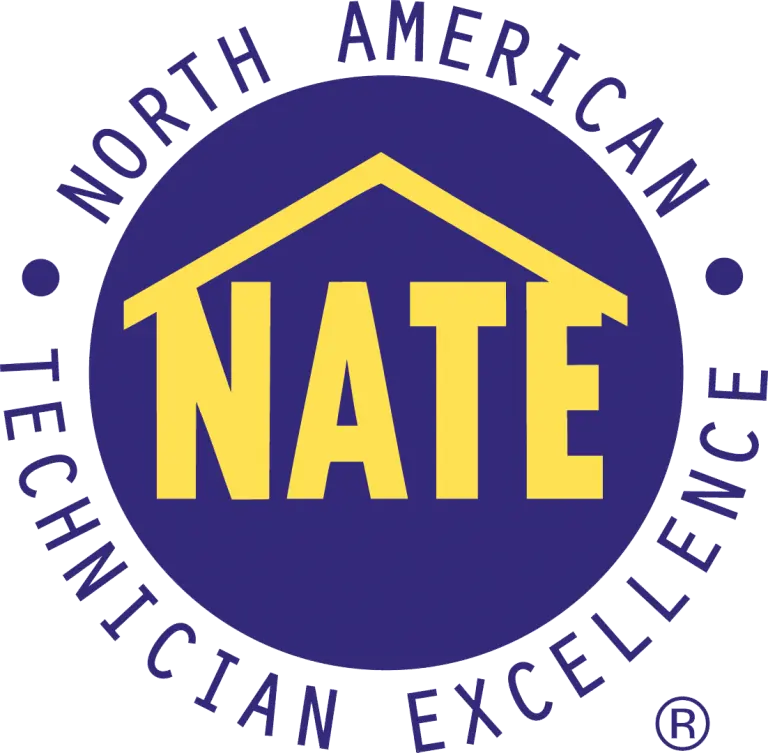A Guide for FMs
As a commercial facility manager, you are responsible for ensuring that the HVACR (Heating, Ventilation, Air Conditioning, and Refrigeration) systems across your properties operate safely and efficiently. Whether managing restaurants, retail stores, banks, or medical facilities, your role extends beyond simply maintaining comfortable indoor temperatures—you must also safeguard employees, customers, and property from HVACR-related hazards. Many facility managers rely on third-party vendors for HVACR installation, maintenance, and repairs, but outsourcing does not eliminate safety risks. Understanding these risks and enforcing proper safety protocols can help prevent injuries, system failures, and costly damages.
The Importance of HVACR Safety
HVACR systems involve electrical components, refrigerants, combustion processes, and moving parts that pose potential dangers if not properly managed. According to the U.S. Bureau of Labor Statistics, HVACR technicians experience one of the highest rates of injury among skilled trades due to electrical hazards, falls, and exposure to harmful substances [1]. While your facility’s staff may not work directly on HVACR systems, a lack of proper maintenance or safety awareness can still put them at risk. The consequences of HVACR-related accidents can range from temporary business disruptions to severe health hazards and legal liabilities. Poorly maintained systems can also result in inefficient operation, leading to increased energy costs and shortened equipment lifespans.
Potential Hazards in HVACR Systems
To better understand the importance of HVACR safety, let’s explore some of the most common hazards:
1. Electrical Hazards
HVACR systems require high-voltage electricity to operate compressors, motors, and fans. Faulty wiring, improper grounding, or exposed circuits can result in electric shocks, burns, or fires. The Occupational Safety and Health Administration (OSHA) reports that electrical injuries account for approximately 5% of all workplace fatalities in the U.S. annually, many of which are preventable with proper safety measures (OSHA, 2023).
Prevention Tips:
- Ensure that only trained and certified technicians handle electrical components.
- Use lockout/tagout procedures to de-energize equipment before maintenance.
- Require regular electrical inspections to identify faulty wiring or overheating components.
2. Refrigerant and Chemical Exposure
HVACR systems rely on refrigerants such as R-410A or R-32, which can be hazardous if leaked. Exposure can cause dizziness, nausea, respiratory issues, and, in extreme cases, asphyxiation. Additionally, some cleaning agents and coil cleaners contain caustic chemicals that can cause skin burns or eye injuries.
Prevention Tips:
- Ensure refrigerant leaks are promptly detected and repaired.
- Provide technicians with proper protective gear, including gloves and goggles.
- Store and dispose of hazardous chemicals according to EPA guidelines (EPA, 2023).
3. Indoor Air Quality and Respiratory Risks
Poorly maintained HVACR systems can circulate airborne contaminants, including mold spores, dust, and bacteria. This can lead to Sick Building Syndrome (SBS), increasing employee absenteeism and lowering productivity. The CDC emphasizes that inadequate ventilation and air filtration contribute to the spread of airborne illnesses, including influenza and COVID-19 (CDC, 2023).
Prevention Tips:
- Regularly clean and replace HVAC filters.
- Inspect and clean ductwork to prevent mold and bacteria buildup.
- Monitor carbon monoxide levels in facilities with gas-powered heating systems.
4. Physical and Fall Hazards
Many HVACR components are located on rooftops, requiring technicians to work at elevated heights. Falls from ladders and rooftops are among the leading causes of workplace fatalities in the U.S. OSHA reports that falls accounted for 35% of all construction-related deaths in 2022 (OSHA, 2023).
Additionally, technicians may suffer musculoskeletal injuries from lifting heavy compressors, motors, or ductwork.
Prevention Tips:
- Ensure that all technicians use fall protection equipment when working at heights.
- Implement proper ladder safety training.
- Provide lifting equipment such as hoists or cranes for heavy components.
Types of HVACR-Related Injuries and Their Impact
The hazards outlined above can lead to various injuries, some of which can be severe or even fatal. According to OSHA, the most common HVACR-related injuries include:
- Electrical burns and shocks – Result from faulty wiring or contact with live circuits.
- Refrigerant burns and poisoning – Occur due to improper handling of chemicals or exposure to refrigerant leaks.
- Respiratory issues – Caused by exposure to mold, carbon monoxide, or chemical fumes.
- Falls and fractures – Result from working on rooftops or lifting heavy equipment without proper precautions.
Each of these injuries can lead to significant medical expenses, workers’ compensation claims, and potential liability for your company if safety protocols are not enforced.
How Facility Managers Can Prevent HVACR Safety Incidents
While you may not be directly performing HVACR work, you play a key role in ensuring a culture of safety within your organization. Here are some steps you can take:
1. Partner with Safety-Conscious Vendors
When selecting an HVACR service provider, prioritize vendors that emphasize safety. Ask about their safety training programs, OSHA compliance, and history of workplace incidents.
2. Perform Regular Safety Audits
Routine inspections can help identify potential hazards before they lead to accidents. Conduct regular site visits to ensure hazards are addressed and safety protocols are accurate.
3. Establish Clear Emergency Protocols
Every facility should have an emergency response plan in case of HVAC-related incidents, such as refrigerant leaks, fires, or electrical failures. Train facility staff on how to respond appropriately.
4. Stay Updated on HVAC Safety Regulations
OSHA, the EPA, and ASHRAE (American Society of Heating, Refrigerating and Air-Conditioning Engineers) regularly update safety standards. Staying informed on these regulations helps ensure compliance and reduces liability.
Conclusion
As a facility manager, you are not just responsible for keeping HVACR systems operational—you are responsible for ensuring they operate safely. Neglecting HVACR safety can lead to severe health risks, costly property damage, and potential legal repercussions. By working closely with qualified vendors, enforcing safety standards, and educating your staff, you can create a safer environment for your facilities, employees, and customers.
References
[1] U.S. Bureau of Labor Statistics: HVACR Technician Safety & Injury Statistics
[2] Occupational Safety and Health Administration (OSHA): HVACR Safety Guidelines
[3] National Fire Protection Association (NFPA): Electrical Safety in HVACR Systems
To read more about how a successful safety and health program is key to business operations, check out Facility Safety Management Magazine’s article on “The Value of a Safety & Health Program” found at https://fsmmag.mydigitalpublication.com/december-2024/page-44




